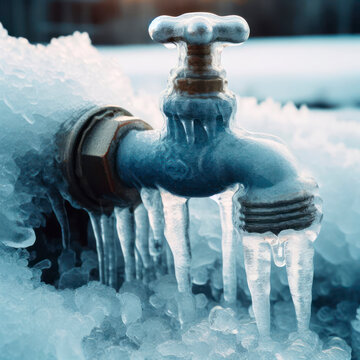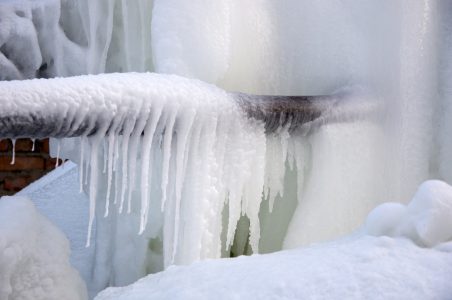Protecting Against Frozen Plumbing in Winter: Critical Advice
Protecting Against Frozen Plumbing in Winter: Critical Advice
Blog Article
Are you in search of details on Winter Plumbing Precautions: Preventing Frozen Pipes?

Winter can damage your plumbing, especially by freezing pipelines. Here's just how to avoid it from occurring and what to do if it does.
Introduction
As temperatures decline, the risk of frozen pipelines increases, possibly resulting in pricey fixings and water damages. Understanding how to stop frozen pipelines is critical for house owners in cold environments.
Comprehending Icy Pipes
What creates pipes to ice up?
Pipes freeze when revealed to temperatures listed below 32 ° F (0 ° C) for extended periods. As water inside the pipelines freezes, it broadens, taxing the pipe walls and possibly causing them to burst.
Dangers and problems
Frozen pipes can cause water supply disruptions, building damage, and pricey fixings. Ruptured pipes can flood homes and cause comprehensive structural damage.
Indications of Frozen Water Lines
Determining icy pipes early can avoid them from rupturing.
Exactly how to identify frozen pipes
Look for lowered water circulation from taps, unusual odors or sounds from pipes, and visible frost on exposed pipelines.
Prevention Tips
Shielding prone pipes
Cover pipes in insulation sleeves or utilize warmth tape to safeguard them from freezing temperature levels. Concentrate on pipes in unheated or outside areas of the home.
Home heating strategies
Keep indoor rooms properly heated up, especially locations with plumbing. Open closet doors to allow cozy air to flow around pipes under sinks.
Securing Exterior Plumbing
Garden pipes and exterior taps
Disconnect and drain garden pipes prior to winter. Install frost-proof spigots or cover outside faucets with protected caps.
What to Do If Your Pipes Freeze
Immediate actions to take
If you presume icy pipelines, keep faucets available to eliminate stress as the ice melts. Utilize a hairdryer or towels soaked in hot water to thaw pipelines gradually.
Long-Term Solutions
Architectural modifications
Consider rerouting pipes far from outside walls or unheated areas. Add extra insulation to attics, cellars, and crawl spaces.
Updating insulation
Buy high-grade insulation for pipelines, attic rooms, and walls. Appropriate insulation helps maintain regular temperature levels and minimizes the risk of frozen pipelines.
Conclusion
Protecting against frozen pipes calls for proactive measures and fast actions. By understanding the causes, indicators, and preventive measures, house owners can protect their pipes during winter.
5 Ways to Prevent Frozen Pipes
Drain Outdoor Faucets and Disconnect Hoses
First, close the shut-off valve that controls the flow of water in the pipe to your outdoor faucet. Then, head outside to disconnect and drain your hose and open the outdoor faucet to allow the water to completely drain out of the line. Turn off the faucet when done. Finally, head back to the shut-off valve and drain the remaining water inside the pipe into a bucket or container. Additionally, if you have a home irrigation system, you should consider hiring an expert to clear the system of water each year.
Insulate Pipes
One of the best and most cost-effective methods for preventing frozen water pipes is to wrap your pipes with insulation. This is especially important for areas in your home that aren’t exposed to heat, such as an attic. We suggest using foam sleeves, which can typically be found at your local hardware store.
Keep Heat Running at 65
Your pipes are located inside your walls, and the temperature there is much colder than the rest of the house. To prevent your pipes from freezing, The Insurance Information Institute suggests that you keep your home heated to at least 65 degrees, even when traveling. You may want to invest in smart devices that can keep an eye on the temperature in your home while you’re away.
Leave Water Dripping
Moving water — even a small trickle — can prevent ice from forming inside your pipes. When freezing temps are imminent, start a drip of water from all faucets that serve exposed pipes. Leaving a few faucets running will also help relieve pressure inside the pipes and help prevent a rupture if the water inside freezes.
Open Cupboard Doors
Warm your kitchen and bathroom pipes by opening cupboards and vanities. You should also leave your interior doors ajar to help warm air circulate evenly throughout your home.

I am very interested in Preventing and dealing with frozen pipes and I really hope you liked our blog entry. Liked our write up? Please quickly share it. Let other people locate it. I value reading our article about Prevent Frozen Pipes .
Click Here Report this page